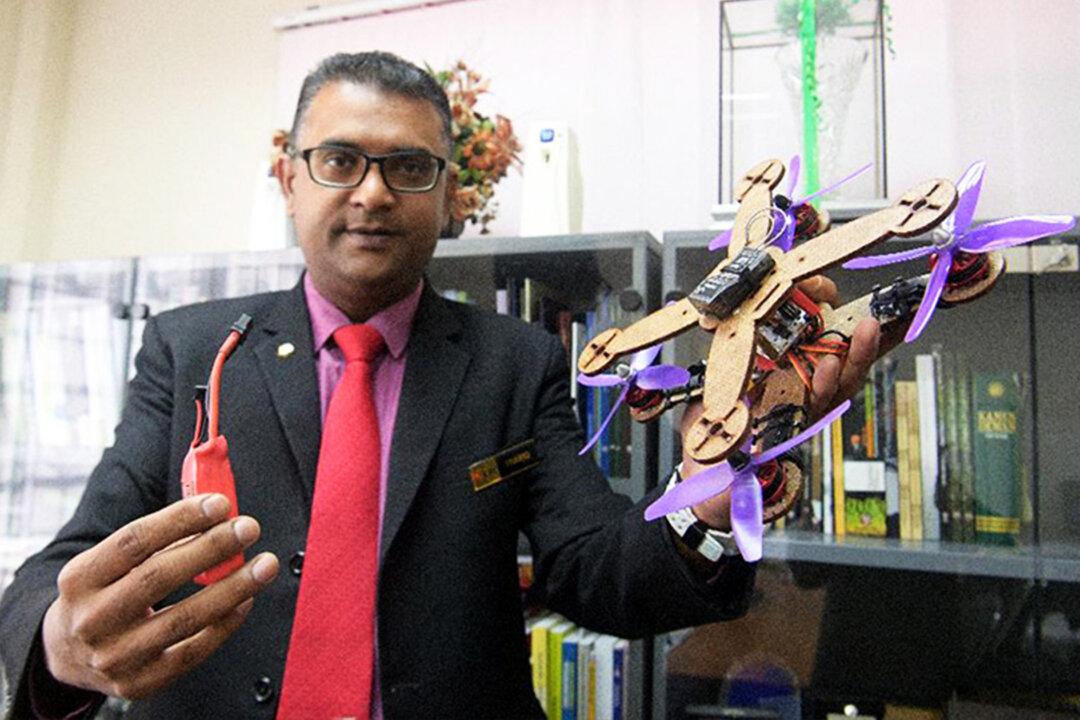Malaysian researchers have been working on sustainable solutions for pineapple waste since 2017, and now they have ultimately landed on an airborne innovation: eco-friendly, biodegradable drone parts made from pineapple leaf fibers.
The pineapple leaves—which are usually burned during the annual pineapple harvest—were collected from farmers in the Hulu Langat district by a team at University Putra Malaysia (UPM).





